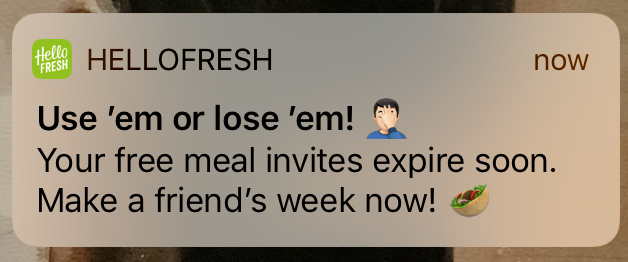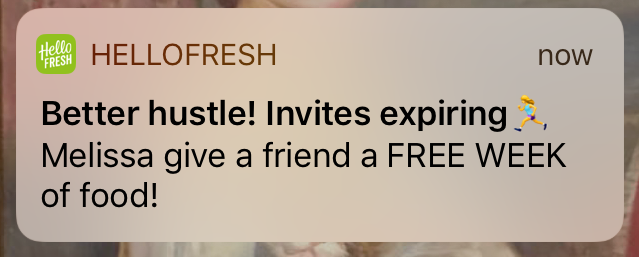During Q2 2020, we began work on a massive effort to redesign the city landing pages. Our goal was to help customers understand what there is to do in a specific city and to organize inventory in a meaningful, scannable way so that they can quickly and easily narrow down choices. These efforts sought to gain trust and interest from mid-intent users, while not inhibiting high-intent users — new ground for GYG, who previously only catered to high-intent users.
The bottom image here shows the status quo page, which is basically a bucket of random activities with no order and very little information to help users understand the location and what there is to do there.
The top image is the v5 version of this experiment. It includes the following features we implemented towards achieving the above-mentioned goals:
Header with city intro: The new header includes a snapshot blurb telling what’s special about the city to help inform, inspire, and excite users. Our future plans included adding an “About Rome” link that would unfold a bottom sheet with practical travel tips and advice specifically for Rome.
Nav: Next, the nav buttons we added serve the dual purpose of giving an overview of the page as well as jump links to specific sections.
Top activities: This section features GYG’s top sellers in the city. It provides easy access to quick tickets for high-intent users.
Top sights module: This component shows the top points of interest in the city, along with a short blurb about each, and the number of activities GYG has available for these attractions. This was the biggest bet on the page content-wise, as stakeholders were at odds over whether catering to mid-intent users this way and pushing down inventory would hurt CR. As a result, in v2 this module was moved to the bottom of the page, but even there it was the most engaged-with component on the page, and thus returned to the top of the page for subsequent iterations. This was a big win for UX in terms of providing more information for users — a need we heard voiced again and again during research interviews.
Collections: The following 4 rows of inventory are curated collections based on interests or category. The intent of each collection title and description is to help users immediately understand what the grouping is about and decide if it’s for them or not, hence helping them narrow down choices. Collections on each city LP are based on what’s popular or special to do in that particular place. As such, scanning the collection headlines alone should also help to convey what the city is about, why it’s special, what there is to do there, etc. Each collection links to the search results list for that particular interest or category grouping. Though short, collection titles and descriptions shouldered much of our work towards achieving scannability. For this reason, I tested several different approaches to this copy and wrote an artifact on my findings, a set of guidelines for future content designers to use in creating the best possible content here.
Find more experiences: This module consists of “folded” collections in the form of pill buttons, that simply link to full search results for that interest or category.
SEO content: The rest of the page is identical to the status quo, featuring editorial content from our in-house magazine.
Results:
As the experiment began during Covid’s lowest point when travel was at a stand-still, results were very hard to gauge.
Qualitatively there was no denying the vast improvement we brought to the page even from v1, however, the numbers didn’t always support this, as CR was at an all-time low. Users were looking, but not buying.
As such, we adjusted our metrics, for example looking at quoter rate (i.e. how often users clicked on an activity card), and “live bounce” (e.g. interacting with elements on the page, but not going to another page), rather than hard bounce or CR. We saw some positive indicators, with quoter rate at 6.2% on the new design, and about 2% for the control group.












































